NYC based photographer William Vazquez on one of his earlier assignments.
New York City based photographer William Vazquez, travels about 30-50% of the year. From Cuba to the mountains of Nepal, Vazquez has worked in more than 54 countries on more than five continents, often arriving first on the scene of a humanitarian crisis to document recovery operations for NGO’s and the companies that provide support to the areas affected by natural disasters.
While his documentary humanitarian work may be the most dramatic in context, Vazquez’s portraiture brings us closer to other cultures, whether it’s a flamenco dancer outfitted in a brilliantly colored red dress in Cuba or a black and white portrait of a woman cloaked in a burka in a clinic Afghanistan captured with a Speed Graphic on Type 55 Polaroid film.
You may find him trekking in the mountains of Nepal, wandering the streets of Cuba, or watching a baby being born after a devastating a typhoon in the Philippines. But, no matter where he is, Vazquez’s images bring life to the stories of the people and places he’s been.
You can see more of Vazquez’s work at his website and on Instagram.
How did you get your start in photography?
Vazquez’s warm personality and genuine interest in people elicits wonderful reactions in the portraits he makes around the world, including the photo of this woman in rural India.
Photography started as a hobby when I was a teenager. My first camera was a used Rollei 35 S, which I still have. But I had never considered photography a profession and didn’t know anything about professional photography until 1985 when I met a New York City based still life photographer named Jeff Glancz. He hired me one Christmas season to deliver gifts to his clients. At the time, I was studying electrical engineering at New York Institute of Technology but when Jeff started calling me to assist him on jobs at his NYC studio, I would cut class to work for him.
Summer break came, and he was looking for a full-time assistant. I agreed to work the summer and then go back to school when fall came around. But I never went back. I had found my calling: shooting 4×5, processing black and white film, and printing. This is where I wanted to be. I worked for Jeff for about a year when he told me I need to finish my education. I got a scholarship to Parsons (School of Design in NYC) in1986 and returned to school.
During and after Parsons I worked for a wide range of photographers in advertising, catalog, fashion, location, portrait and travel. I did it all, and travelled the world on assisting gigs. I learned things during this time that I still use in my work. It was an amazing experience! I learned how people worked business wise as well as photographically. I think that assisting pros is where I got my real education in photography.
I assisted for about 5 years with a 3-year transition period. Then my first big job came in. I did the 1995 Pfizer annual report. It was a global book with locations spanning the globe including Milan, London, Johannesburg, Sao Paulo, Hong Kong, Tokyo and a number of locations in the U.S.
When I first started as a pro, I did product photography for magazines like Martha Stewart Living, This Old House, GQ, and others. After a while I realized that I was not cut out for product photography. I am too impatient, and I liked being out of the studio. So I started doing more portraiture, and chasing down portraiture work.
Tell us about your current work.
The circle of life continues with the birth of babies despite the devastation of Typhoon Haiyan in the Philippines.
Right now my work is a blend of commercial, and humanitarian projects. I create photo libraries for my corporate clients such as Abbott, Pfizer, and Samsung, just to name a few. These assignments can be anything from lifestyle, portraits or industrial shoots. For example, one day I might be making pictures to illustrate middle class lifestyle in India; another day, I’ll photograph people working in a production plant.
An important part of my work is photography that illustrates CSR (Corporate Social Responsibility) efforts of large corporations around the world. This is how I got started in humanitarian work. Companies want to document the support they give to NGO’s (Non-Governmental Organizations) so they hire me to work with these non-profit groups. Once I connect with the NGO, we develop a relationship, which allows me to work for them directly.
‘It’s tough work… But that’s just a minor inconvenience compared to what the people who lived through the disaster have endured.’
The work I do for organizations like Americares, Direct Relief, and Project Hope, for example, varies from in-depth still or video stories on their humanitarian projects or documenting emergency relief operations such as those after Typhoon Haiyan in the Philippines, or the earthquake in Nepal. When documenting relief operations, I’ll fly in with the first people on the ground. It’s tough work—rough sleeping, bathing out of a bucket, low quality food, no electricity, etc. But that’s just a minor inconvenience compared to what the people who lived through the disaster have endured.
I also work with much smaller organizations as personal projects. These small organizations need quality images and video in order to help with fundraising, so it’s a good thing to do. Sometimes my expenses are paid or I tack it on to a paid project in the same country or close by. It’s one of my ways of giving back.
What equipment do you usually bring with you? Any tips for traveling overseas?
On his way to the day’s location in rural Shirdi India, this young man swinging from the vines of a banyan tree caught Vazquez’s eye. Captured with a Sony a7R II and a 24-70mm F4 lens.
If I have to just do still photos, and I don’t have to be dragging my gear through a jungle, I bring my Canon 5D Mark III with a variety of lenses, and accessories. I like working with the Canon 5D Mark III – it’s responsive and tough.
If I have to keep a low profile or do a combo of stills and video, I use my Sony A7R with a variety of lenses. The Sonys are great for keeping a low profile – they are small, lightweight, and less obtrusive. People get relaxed faster when you don’t have a huge machine with you. I also like the Sony a7S and the Sony a7R II for video because of the features and the dedicated accessories that help make the process easier for a one-man show, particularly for sound.
One of the things I am in love with at the moment is the DJI Osmo RAW. One of my biggest problems is getting usable video when working handheld, and when things are moving fast. The DJI is great for following people, shooting from a car and for grab shots. I end up with much more, and better, footage with the DJI and it still allows me to shoot loose.
I work alone in most of my projects, so I try to travel light. Sometimes I am able to get a local person to help carry gear but most of the time I’m on my own. Also, what I bring depends on the nature of what I need to accomplish. I usually try to keep it to one bag of gear with some additional items such as tripods, etc. that I carry in my suitcase. If I am working in an urban environment, I use a rollercase. If I’m going to be out in the countryside, I use a backpack. I have a mix of Thinktank and Tenba bags. Sometimes I use belt packs from Thinktank and leave the backpack in the car. When I start photographing, I’ll put my bag down and walk away from it when the action moves on, so I need to keep my gear attached to me.
‘There is always something new
to make life difficult.’
One of the issues I am facing these days is that airlines are really cracking down on the size and the weight of carry-ons, particularly on short hops within a country like India. So I use a photo vest that I pack full of gear to make sure the bag weighs as little as possible. I’ll sometimes use the photo vest when I’m forced to check in bags or I’ll use a backpack that fits in a Pelican case, and check that in.
I’m really excited about my upcoming trip to Nepal. However, I’m am not excited about what I have to do to deal with that electronics ban when traveling through the UAE. There is always something new to make life difficult.
I tend to fly though one of the UAE countries on most trips east, to Asia and Africa. They have the best fights to those places and good prices. I always carry my gear with me on the plane. But now with the restrictions banning electronics larger than the size of a cellphone on the way back, I have to pack my cameras in a Pelican 1510 case to carry on board, take a backpack in my suitcase to carry the gear when I work, then pack it back in the Pelican and check it in.
As for backup drives I invested in Samsung 1TB T3 SSD drives that are half the size of an iPhone so I can carry them on the plane with me. I’ll bring a smaller Macbook so I can pack more essential equipment. I usually don’t need a powerful laptop on the road – just something to copy files. If I have to process a few files, I can do that, too. At the end of the day, I just need is to make sure my images stay with me. Cameras can be replaced.
At this point, though, the bigger issue is the uncertainty of it all. What about batteries? Can I take them? Which ones? The list goes on and on. It’s about being prepared for whatever is thrown at you but, at this point, there’s little real information out there.
One of your favorite assignments in 2015 was documenting the rebuilding efforts after the earthquake in Nepal. Tell us a little about that experience.
Crammed into a tiny hut without electricity in Nepal waiting for a storm to pass, people turned on the lights on their cell phones so Vazquez had enough light to take pictures.
Nepal is one of my favorite places to visit. It’s stunningly beautiful and the people are very friendly and open. I have traveled there many times on assignment and for personal projects and I have a deep love for the place, and its people.
I went there right after the devastating earthquake in 2015. Seeing how the Nepalis were able to overcome something really traumatic, and still take the time to stop what they were doing to offer me hospitality, is something that will stay with me forever. I remember traveling with Americares up in the mountains to visit some people who were hurt and a freak storm rolled in. We had to take cover in the patients’ home. It was five of us and what felt like half the village crammed into their tiny hut.
It was pitch black in the hut and as I contemplated how I was going to photograph in the dark, someone turned on their cell phone light, then another, and another. I had lighting! Tea was served as we sat together waiting out the storm. Despite the hardships the people endured, they still thought of me. It was a magical moment.
How do you prepare for overseas humanitarian assignments?
“In the mountains of Nepal,” says Vazquez, “you are always climbing up or climbing down.” When he offered his hand to help the woman behind him—one of a group of social workers for Americares—she laughed and reminded him, “we are mountain women.” After thinking about it for a minute, Vazquez realizes “She could probably carry me up and down that hill—in sandals, no less!”
Anytime I am going anywhere I always do research on who I am working with, and where I need to go. It is important to have a sense of the geography I will be traveling through so I can gauge how far out in the woods I will be, travel times, etc. Plus it’s important to get to know who I’ll be working with on the ground.
I also look into the types of places I will be staying at so I know if I need to bring any specialized gear. Things like battery packs, solar battery chargers, a hammock, sleep sack, satellite phone, GPS tracker, water purifier, lighting, mosquito netting, what type of footwear, medicines – the list goes on and on.
I am my own best travel agent. I have a good grasp of geography, I know the airlines I like to travel on, and the places I don’t want to get stuck in. I organize my travel to and from places and take care of some hotel reservations. If I am going to be way out in the field, the local NGO I am working with handles the local logistics, like accommodations, and transport or I may hire a fixer to help me with translation and getting around.
‘If all else fails… Google Translate!’
When working with the NGOs they have people on the ground who know where things are, as well as speak the local language. But speaking even a few words of the local language goes a long way. I speak Spanish so when I was in the Dominican Republic after Hurricane Matthew, I was treated like family. In Nepal, many of the younger generation speak English, so you can always find someone to communicate with. Once you have done lots of traveling, it gets easier figuring out what people are trying to say. If all else fails… Google Translate!
I do use a travel agent when it comes to booking multiple cities and airlines. It makes it easier and if you run into problems, you have someone to reach out to. All I have to do is email my travel agent and she takes care of it. Try doing that with Expedia.
What’s a typical day like when covering a humanitarian assignment?
One of the first people on the ground after Typhoon Haiyan in the Philippines, Vazquez photographed these massive ships that were forced ashore during the storm.
Working on humanitarian assignments usually means really long days. Get up early and go for a long ride in a beat up car, in the heat with no air conditioning on a bad road. I get up early, eat whatever there is for breakfast, and get on the road. I always make sure I bring plenty of water and something to eat for the day. Most undeveloped places or places in crisis won’t have any food or water to buy.
‘…I sometimes have to put my camera down and lend a hand’
Then you make your stops at whatever the story is about. In my case it’s usually clinics or temporary places set up to distribute food and medicine with lots of people needing help—whether it’s food, or medical care. It’s amazing how overwhelming it can be. So much so that I sometimes have to put my camera down and lend a hand in unloading a truck, opening boxes, and handing out food. Then you get back to wherever you’re staying, clean up, eat, download cards, back images up, check out the day’s work, upload to my social media channels (if there’s an internet connection), then plan for the next day.
I have stayed in everything from a tent, to a home with a tarp over it, slept in a truck, slept in a communal room with lots of beds, and snoring people—again, minor inconveniences compared to those who have lived through a disaster. In the course of day I can see a baby being born in a tent, ride in an ambulance with someone in distress, witness an operation, and everything in between.
You meet a lot of people on your assignments. Do you stay in touch with some of the locals that you meet?
These schoolboys were more than happy to smile for Vazquez’s camera when he was on assignment in India.
One of the best things about what I do is meeting people. I do my best to stay in touch with them. Facebook makes it much easier, in some cases. There are many times I end up coming back to a country for a different assignment, and I make it a point to see the people I’ve met before.
When on assignment I usually spend a lot of days with the same people. We are together 24/7, eating together, traveling together, drinking together, laughing together and hanging out together. Much of what is experienced on some of these assignments is very emotionally charged, so we often form a tight bond.
I photographed a young woman in India, and her photo was used for the cover of the publication I was working for. The next year I returned and I saw her again, and I had some copies of the publication. She was so amazed she was speechless. She was so thrilled that she showed the magazine to everyone in sight. That’s one of the reasons I do what I do. That my work can perhaps inspire that type of response.
Also, I make it my business to get to know the people I am working with, which also helps for future opportunities in working together.
What are some of the challenges when working in remote locations? How do you overcome those challenges?
Ongoing humanitarian missions include the donation and distribution of medicine. Here, horsemen prepare to escort dignitaries celebrating the 100 millionth dose of antibiotics to reach the population of Ethiopia’s Amhara Region to combat malaria and trachoma (a disease that leads to blindness).
Working in remote locations is tough for many reasons. If you forgot something or a piece of critical gear breaks, you can’t get a replacement. You’d better be a flexible eater, too, because bush meat stew can be all there is to eat for days. If you get sick, you should be prepared with any medications you may need, because there is no medicine.
‘…with a multitool and duct tape you can fix
almost anything’
There will probably be no internet or even cell phone service. I have a satellite phone that I use for emergencies, and a satellite GPS tracker that I can send messages with so my wife knows where I am. Be prepared for no electricity too, but I have battery packs that I can charge with the sun or in a car. And, with a multitool and duct tape you can fix almost anything.
At the end of the day research where you are going, think of what the challenges will be, ask anyone you know for firsthand advice, invest in having the right gear, make sure you have all the insurances you need like evacuation insurance, and think carefully about what you are taking. If you take too much, getting around is a problem. If you don’t bring enough, you may not have what you need to get the job done. It’s all about bringing the right stuff.
You taught yourself how to shoot and edit video about 4-5 years ago. How often do you add video to your assignments?
Whether he’s shooting stills or video, Vazquez will put his cameras down to help distribute supplies when needed.
Almost all my assignments right now include B-roll in addition to stills, and sometimes more involved video work. I have tried different cameras, and setups but I prefer the Sony A7 series cameras because they do great video, are great still cameras, have advanced features, and have accessories that can make things work together instead of having to Frankenstein them together. I work by myself with lots of distractions going on, so I need to just have one button to push to make everything work.
Last year you did the Rickshaw Run to raise money for orphanages in India and Nepal. What’s your fundraising project for this year?
To raise money for orphanages in India and Nepal, Vazquez and fellow photographer Greg Kinch did a “Rickshaw Run” for more than 2500 miles through India in this colorful but cramped auto rickshaw. Getting stuck in the mud, dealing with burned out pistons and a carburetor that needed regular disassembly and cleaning were part of the adventure.
In my assignment work, I see so many great organizations and people that need support. I always want to do more. So besides providing free photography and communications advice I fundraise. I found the best way to fundraise is to do something that people will pay attention to. It’s been working. I also couple it with personal challenges that I want to do, and to inspire me.
My life revolves around my photography work so I have to constantly feed it with investment and inspiration. I feel that is what keeps my work relevant these days. Being able to combine my adventures to help people less fortunate makes it perfect.
Last year I did the Rickshaw Run. Fellow photographer Greg Kinch and I decided to drive an auto rickshaw (also known in some countries as a Tuk Tuk), 2500 miles through India to fundraise for an orphanage in India and an orphanage in Nepal, including Kids of Kathmandu. It was an amazing thing to do. It was tough, but a great personal achievement, and we raised about $ 5,000 – money that goes a very long way in that part of the world.
This year I am trekking to Everest Base Camp and taking a group of people who will also fundraise for the education fund of Kids of Kathmandu. The organization does amazing work in Nepal—they support an orphanage and rebuild schools up in the mountains that were damaged by the earthquake. All donations go straight to the organization and are tax deductible.
We’ll also be stopping at schools along the route to deliver solar powered lights donated to Kids of Kathmandu by Mpowerd. Electricity is scarce in this part of the world and kids often can’t read or study after the sun goes down, so these lights will help tremendously.
Articles: Digital Photography Review (dpreview.com)









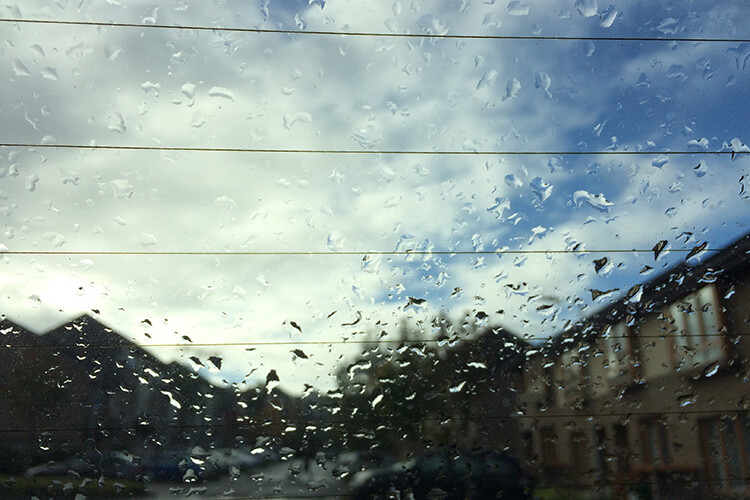



























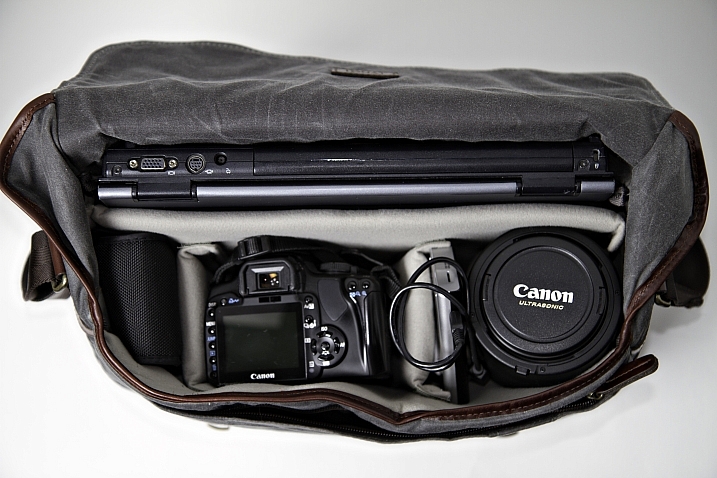
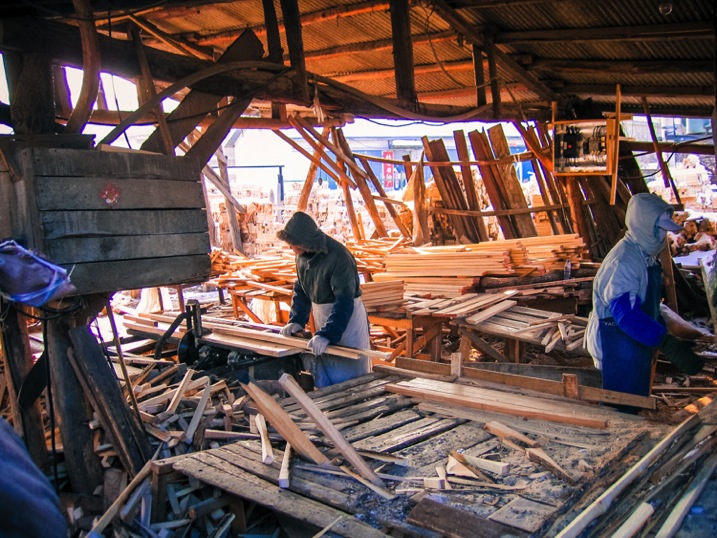
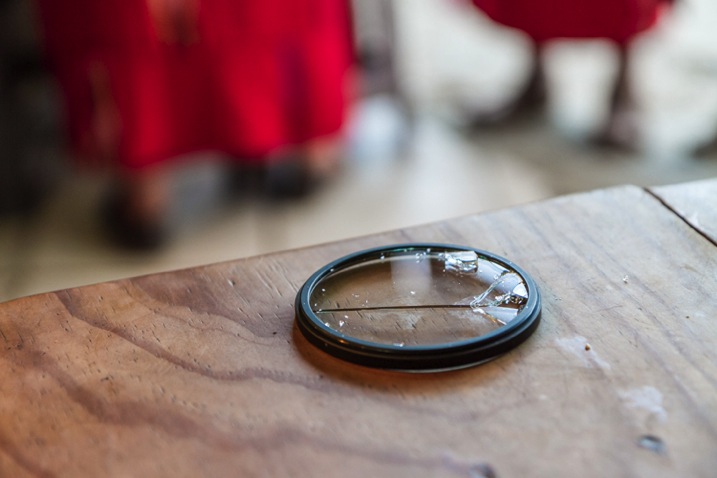
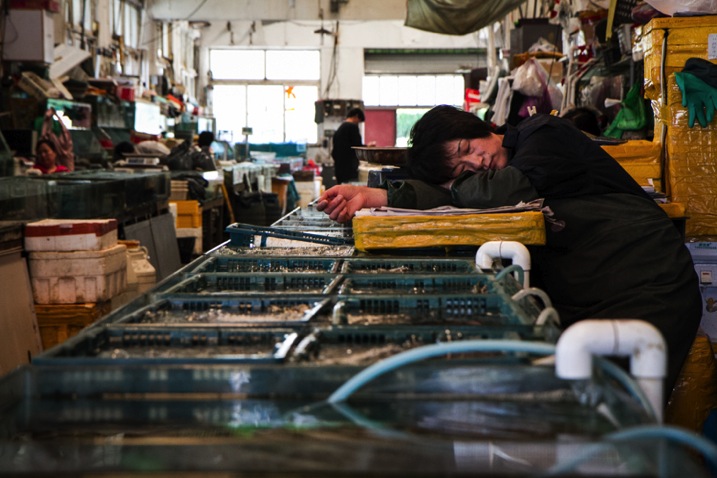
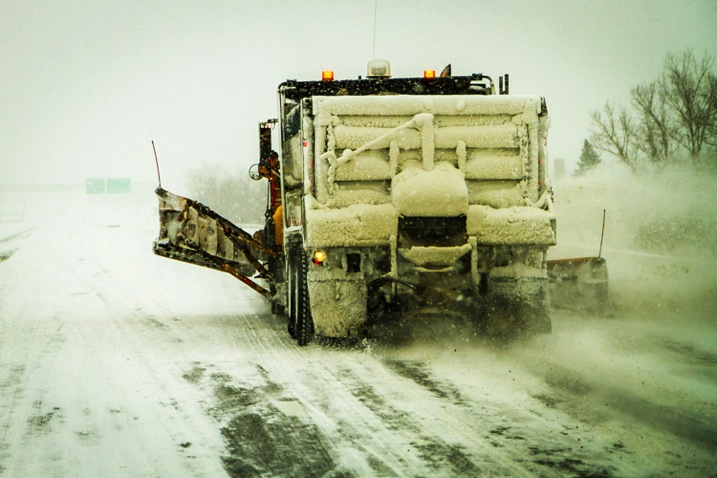
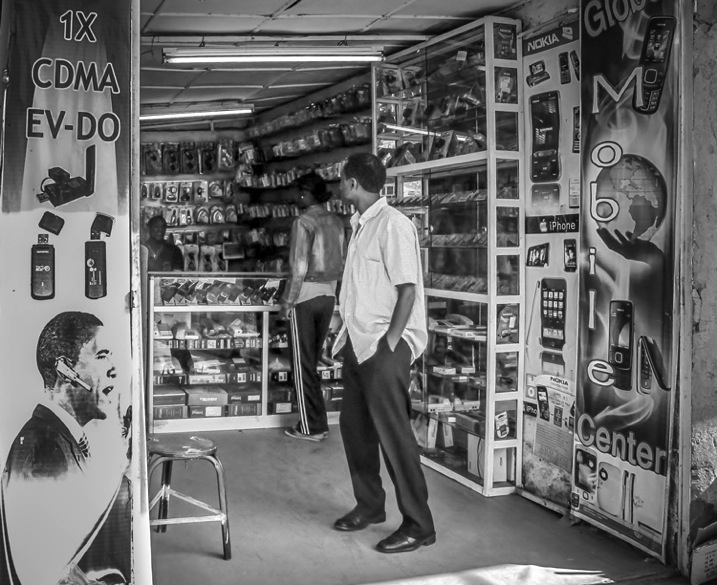
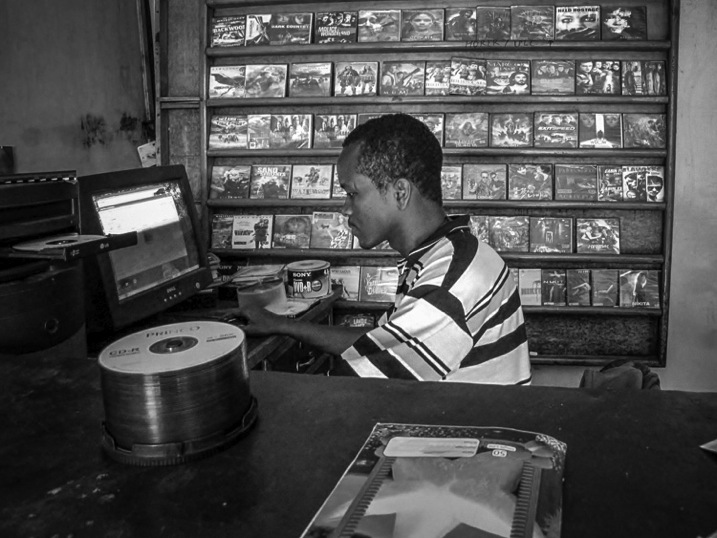
You must be logged in to post a comment.